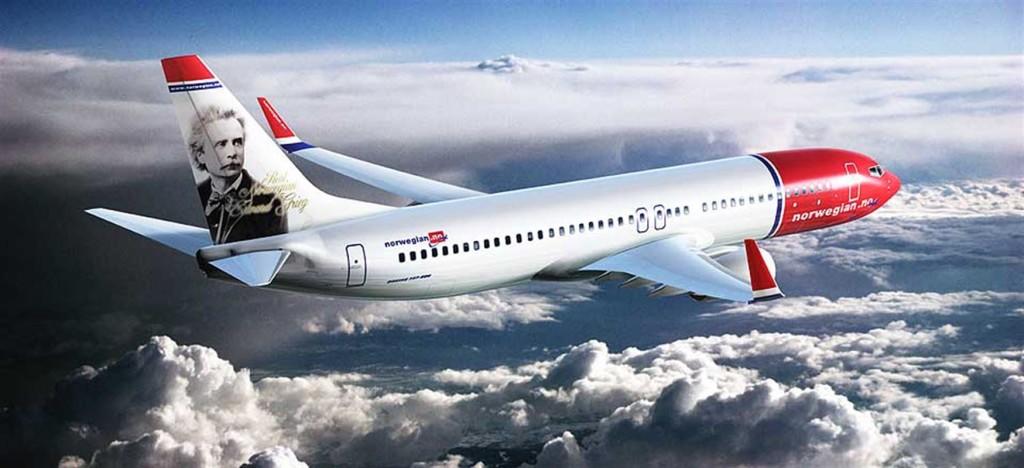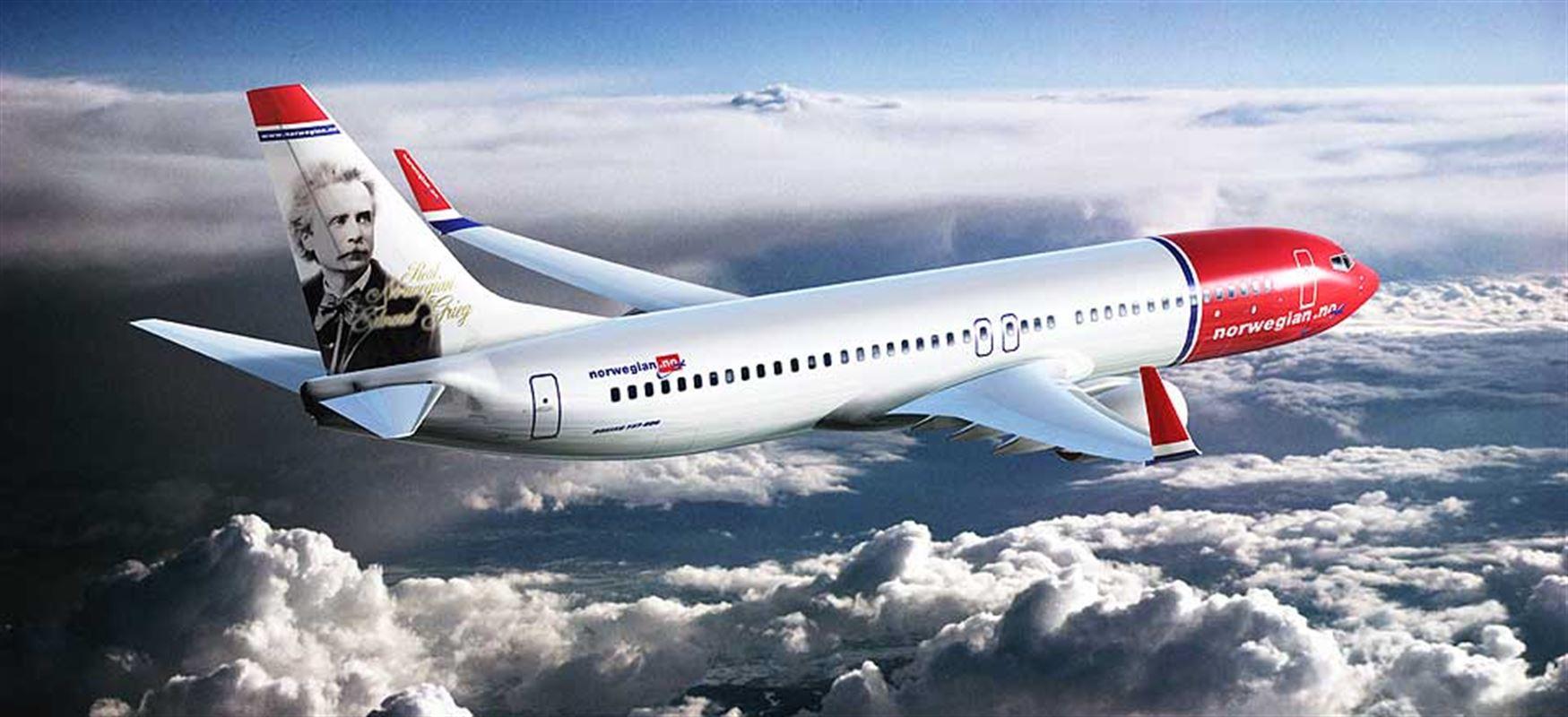Norway Wants Electric Planes by 2030 But Norwegian Air Has Reservations

Tesla’s biggest marketplace for cars wants to extend electric power to the skies. Norway is exploring opportunities to expand electric aviation options as part of a plan to cut greenhouse emissions by 40 percent by 2030. While one airline seeks pitfalls, another sees potential.
Norway’s aviation industry could be in for a shock.
The Scandinavian nation – Tesla’s biggest marketplace for automobiles – wants to cut greenhouse emissions by 40 percent by 2030. Bloomberg reports that this could have ramifications on commercial aviation, as the nation works to introduce electric-powered aircraft to the skies.
After testing an electric aircraft operated by the national airport company, the nation wants to prove that commercial fleets could also go electric. But the nation’s two biggest airlines – Norwegian Air and Wideroe – have different opinions on the feasibility.
Wideroe primarily flies smaller aircraft across shorter routes throughout Norway. With electric aircraft starting small, the homegrown carrier believes they could operate a commercial route with an electric-powered aircraft in as little as 10 years.
However, the nation’s largest airline and third-largest low-cost carrier in Europe, Norwegian Air, doesn’t believe it’s a feasible goal. Flying a fleet of Boeing 737 MAX and 787 Dreamliner aircraft, the carrier has no intention of investing in electric-powered aircraft today. A spokesperson told Bloomberg: “When electric aircraft are able to replace today’s commercial machines, we will of course be interested.”
This isn’t stopping the smaller carrier from moving towards an electric fleet. Wideroe is working with several manufacturers, including Boeing-backed Zunum Aero, to create a commercially-viable electric aircraft. With the first electric-hybrid aircraft from Zunum slated to carry 12 passengers up to 700 miles, the airline believes they can transition from their current Dash-8 fleet to an electric fleet in 12 years.
“When large research and development resources move in the same direction, things tend to move fast,” Stein Nilsen, CEO of Wideroe, told Bloomberg. “We don’t see any technological barriers that will make this impossible to achieve.”
[Photo: Shutterstock]























Won't all the batteries have to be in the passenger's carry on where they are accessible in the event of fire?
I guess those will be slow moving prop planes since I don't believe an electric gas turbine engine has been developed yet? Would an electric gas turbine engine work by drawing in air then using electric heaters to heat the air?
Why not go the route of locomotives (or the Chevy Volt) that use a traditional fossil fuel powered engine to drive a generator that produces electricity? Batteries will add significant weight (I'm guessing prohibitively so), a Jet-A Electric system would use far less. Yes it still runs fossil fuel, but you can run very efficient engines at their peak fuel/power ratio and possibly even generate the power inside the housing of the aircraft reducing some drag. I have no idea how that technology applies to something at altitude, but I wonder if it could work.
I can only assume the reference to generating electricity during braking is a joke, since a commercial airplane will use it's brakes for about 20 seconds after an 8 hour flight. Maybe tap them off and on during taxi and approaching the gate. It's not like a car in stop-and-go traffic. In addition, the braking systems are currently wholly and completely independent of the engine. For this to legitimately work, I can only assume an airline is going to need to incorporate 'hot-swappable' batteries. Land, pick up new food and catering supplies, swap out your spent batteries for new ones during boarding, and take off again. The charging times will be significant.
" Either someone is going to develop one amazing Fast Charger for the Electric Bird, or there will be a LOT more Electric Birds sitting on charging stations than there are flying at any given instant." Or, far more feasible, would be hotswitching battery packs that take ~6-8 hours to recharge (like we used to with mobile 'phones)